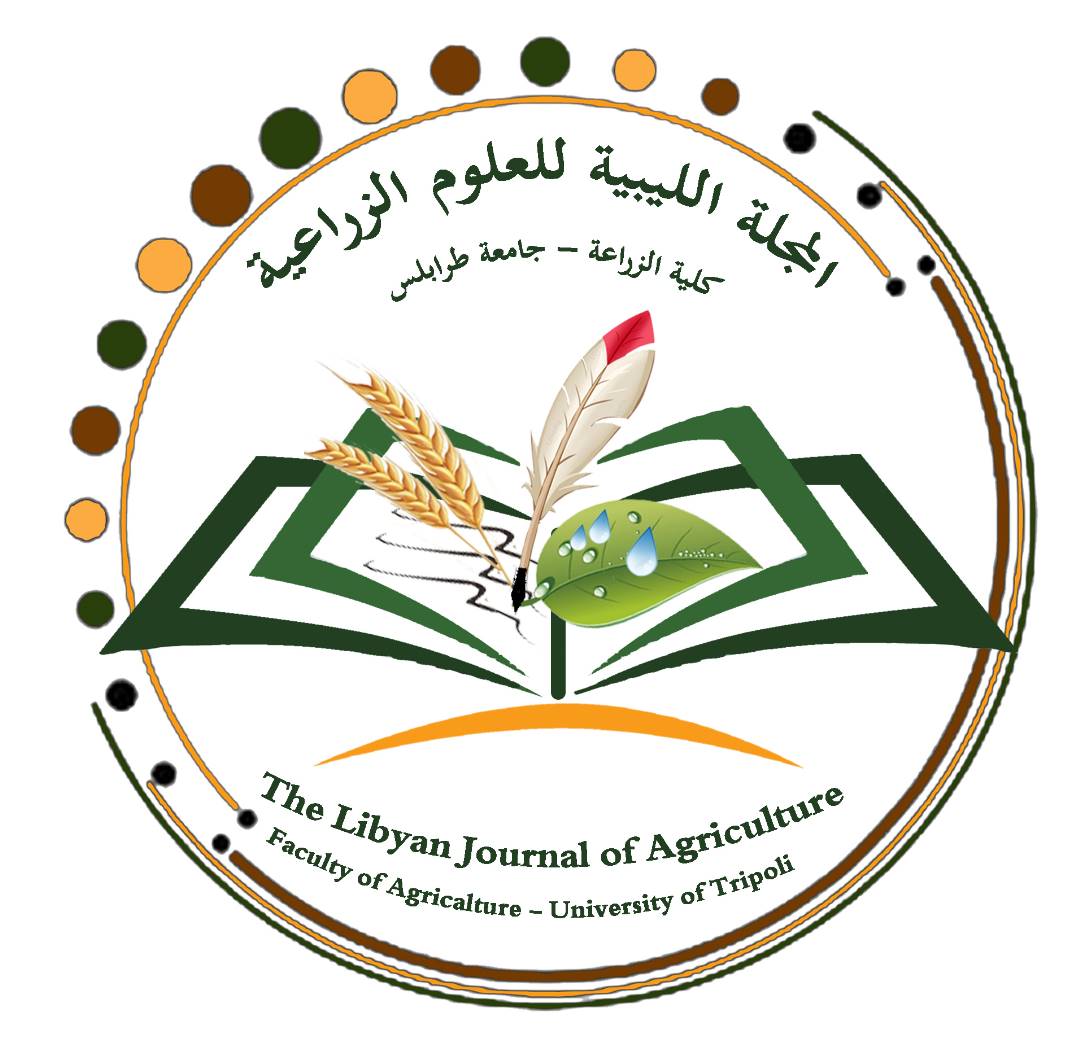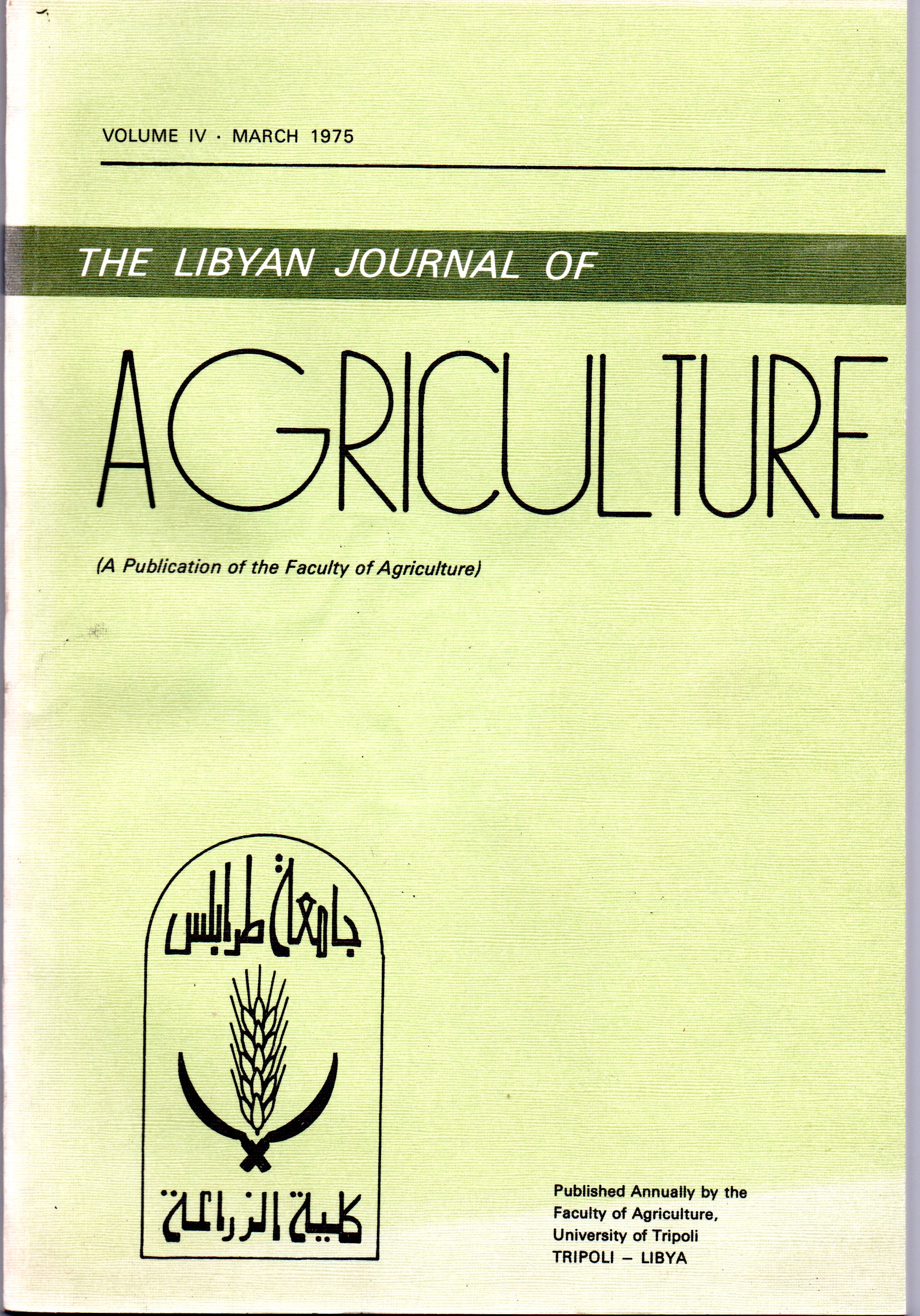Carbonate Metabolism as an Internal Soil Building Process in Gharian Area, Libya, with Special Reference to Loesslike Deposits
محتوى المقالة الرئيسي
الملخص
Gharian area is covered partly by Quaternary deposits. According to Gray (6), it is Loess deposit. The morphological and pedochemical properties of this material are illustrated and compared with the glacial Loess from middle Europe. The differences are mainly in particle size distribution and also in the lime content of each size fraction.
The dominant size fraction in glacial Loess is the coarse silt in contrast to fine sand in the material under study. The maximum lime content accompanies the dominant size fraction in Loess, but it does not in Gharian material. The fine silt in Loess material is 5 times higher than that in Gharian, which indicates a different weathering pattern of the original materials.
Soil formation on Loesslike sediment has been shown in Wadi el-Quasim and Gharian profiles. The latter is relatively well differentiated in IA and IIB horizons. Clay formation and clay displacement is discussed in relation to the other pedogenic processes, and the possibility of pseudo-profile habits has been shown.
The status of available phosphorus is discussed from two aspects; as indication for the weatheringof the lithogenic factor and as indication for phosphorus fertilization requirement.

